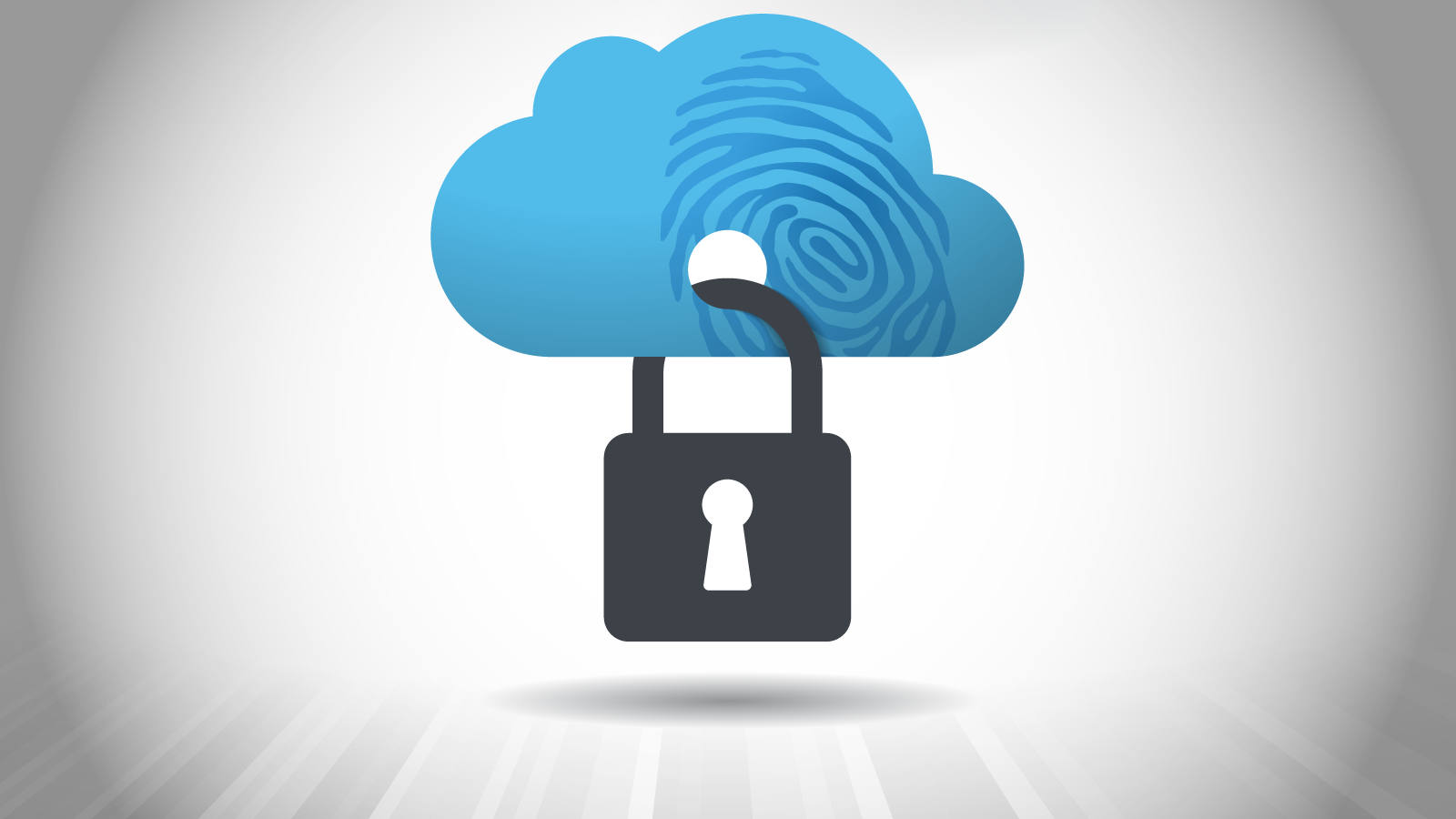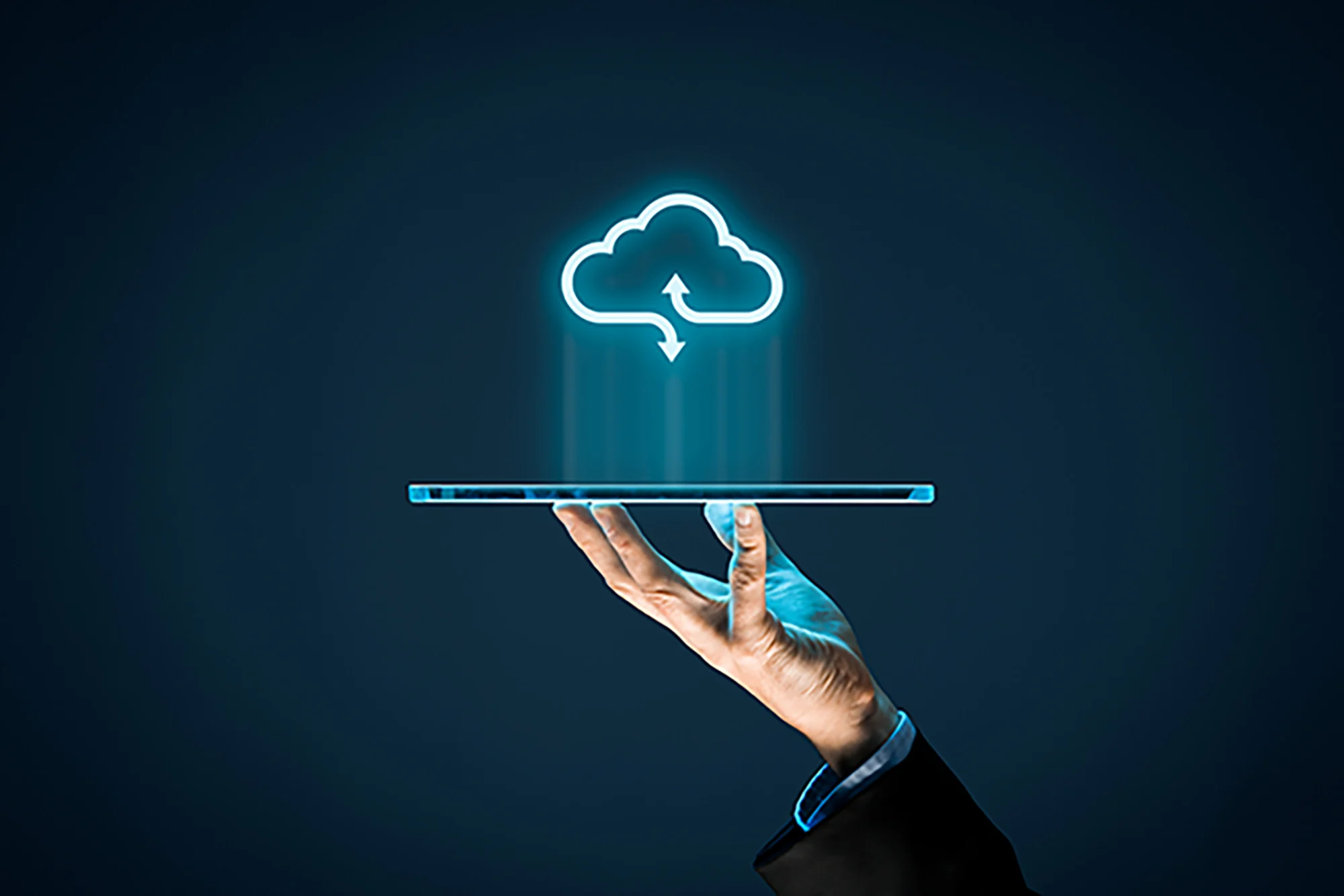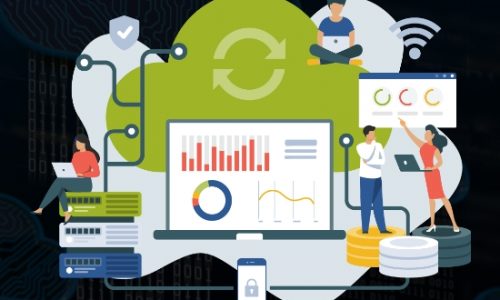Cloud computing is a revolutionary technology that provides access to various data, applications, and services through a shared network. This form of distributed computing enables users to access data from a remote server rather than their computer, allowing them to work from anywhere. Cloud computing saves users the cost and hassle of purchasing and maintaining their hardware and software, allowing businesses to allocate resources elsewhere. Cloud computing offers a range of advantages, such as flexibility, scalability, and affordability. With cloud computing, users can access their data anywhere and collaborate with others in real-time. This technology has transformed how we work and made it easier for businesses to operate efficiently.
What is traditional computing?

Traditional computing, also known as on-premise computing, involves businesses managing their own hardware, software, and related services in a centralized location. This requires high upfront costs for purchasing and maintaining hardware and software and ongoing costs for personnel to manage and maintain the systems. This approach can be expensive, especially for small businesses that may not have the resources to invest in the necessary infrastructure.
In addition, traditional computing does not offer the same level of flexibility and scalability as cloud computing, as it is not as easily accessible from remote locations and cannot be quickly scaled up or down based on changing business needs.
Traditional Computing and Cloud Computing Difference

Cloud computing has become popular for businesses due to its many advantages over traditional computing. With cloud computing, companies can access hardware, software, and other services remotely while scaling their usage up or down as required. This pay-as-you-go model allows companies to reduce their initial investment and ongoing operational costs significantly. Moreover, cloud computing provides greater security and reliability than traditional computing, thanks to the ability to access data remotely and the high level of encryption and security protocols implemented by cloud service providers. The flexibility and cost savings of cloud computing make it an ideal solution for businesses of all sizes.
Cloud computing is an innovative approach that provides businesses with access to computing resources such as software, storage, and other services through a third-party provider. This method eliminates the need for businesses to purchase, install, and maintain their hardware, software, and related services. Businesses can save costs and allocate resources to other critical areas by renting or leasing computing resources. One of the most significant benefits of cloud computing is its scalability, which allows businesses to scale up or down their resources as needed quickly. This model also provides remote access to data, allowing businesses to access data from anywhere, anytime.
Which one is good Traditional or Cloud Computing?

However, traditional computing offers businesses greater control over their computing resources and allows for more customization. This is important for businesses with unique requirements, such as those in the finance or healthcare industries. Additionally, traditional computing may be more secure for businesses with sensitive data as they have complete control over their infrastructure.
In conclusion, the choice between cloud and traditional computing depends on the specific needs and budget of the business. While cloud computing offers many advantages, such as cost savings and scalability, traditional computing may be the better option for businesses with unique requirements and a need for greater control over their computing resources. Ultimately, businesses should carefully evaluate their options and select the model that best fits their needs.
Is cloud computing the wave of the future?

The benefits of cloud computing are numerous, and it has become an essential part of modern technology. With the cloud, businesses can quickly scale their operations up or down, depending on their needs, without investing in expensive hardware and software. The pay-as-you-go model also means companies only pay for the services they use, which can significantly reduce costs.
Moreover, cloud computing offers enhanced security features, such as data encryption and backup, which help protect sensitive information from cyber threats. It also provides a more reliable service, as data is stored on multiple servers, ensuring uptime even if one server fails.
Overall, the advantages of cloud computing make it a preferred choice for many businesses, especially those looking to reduce costs, increase efficiency, and remain competitive in a rapidly changing market.
How Safe Is Cloud Computing?

Security is a crucial aspect of cloud computing, and organizations must take appropriate measures to protect their data. Encryption should be used to secure data before it is sent to the cloud, and firewalls should be employed to prevent unauthorized access. Two-factor authentication should also be used for access control. Organizations need to keep an eye on their system and update them with the newest security patches and updated software to ensure optimal security.
Despite the numerous benefits of cloud computing, security concerns remain significant for some users. While cloud computing can pose some security risks, these risks can be mitigated with suitable security protocols in place. Strong authentication and encryption can ensure that data remains safe and secure. Cloud service providers invest heavily in security to keep their customers’ data private and secure. By following best practices for security and working with reputable cloud service providers, organizations can leverage the benefits of cloud computing while minimizing the potential risks.
What Advantages Do Cloud Computing Provide?

Cloud computing offers a host of benefits to businesses of all sizes. One of the main advantages of cloud services is scalability, which allows organizations to quickly and easily access additional resources as needed. This means that businesses can rapidly respond to changes in demand or unexpected increases in workload without investing in additional infrastructure.
Another significant benefit of cloud computing is that it reduces costs. Organizations no longer need to purchase and maintain their hardware and software, which can be a significant expense. By leveraging cloud services, businesses can reduce their IT costs and redirect their resources towards more value-added tasks. Furthermore, managing and supporting cloud services are relatively easy since the cloud provider is responsible for the security and maintenance of their systems.
Cloud computing allows organizations to easily adjust their resources to meet changing demands, providing greater flexibility and scalability. This means businesses can respond quickly to changing market conditions and adapt to new challenges. By leveraging the power of cloud computing, businesses can gain a competitive advantage in the marketplace while reducing their IT costs and increasing their agility.
Conclusion

To summarize, both cloud computing and traditional computing have their own unique advantages and disadvantages. Cloud computing offers cost savings, scalability, and flexibility, while traditional computing provides better security and control. Choosing between these two options depends on the specific needs and preferences of the user. Cloud computing is ideal for businesses looking for quick and easy access to computing resources, allowing them to focus on innovation and development rather than routine maintenance. However, traditional computing remains a valid option for businesses that require greater control over their data and IT systems’ security. Ultimately, both options have their place in the market, and businesses should carefully consider their needs before deciding.




